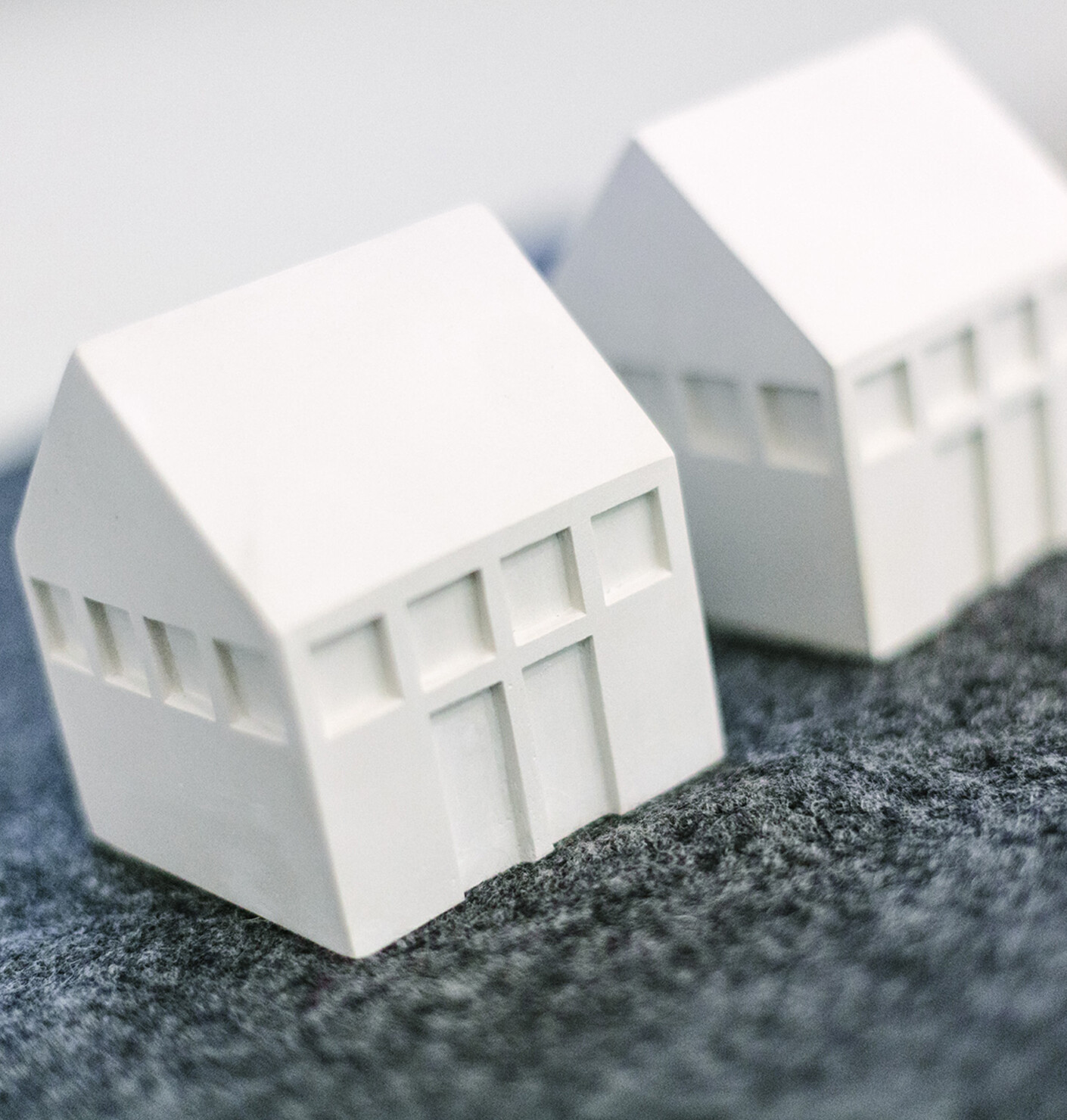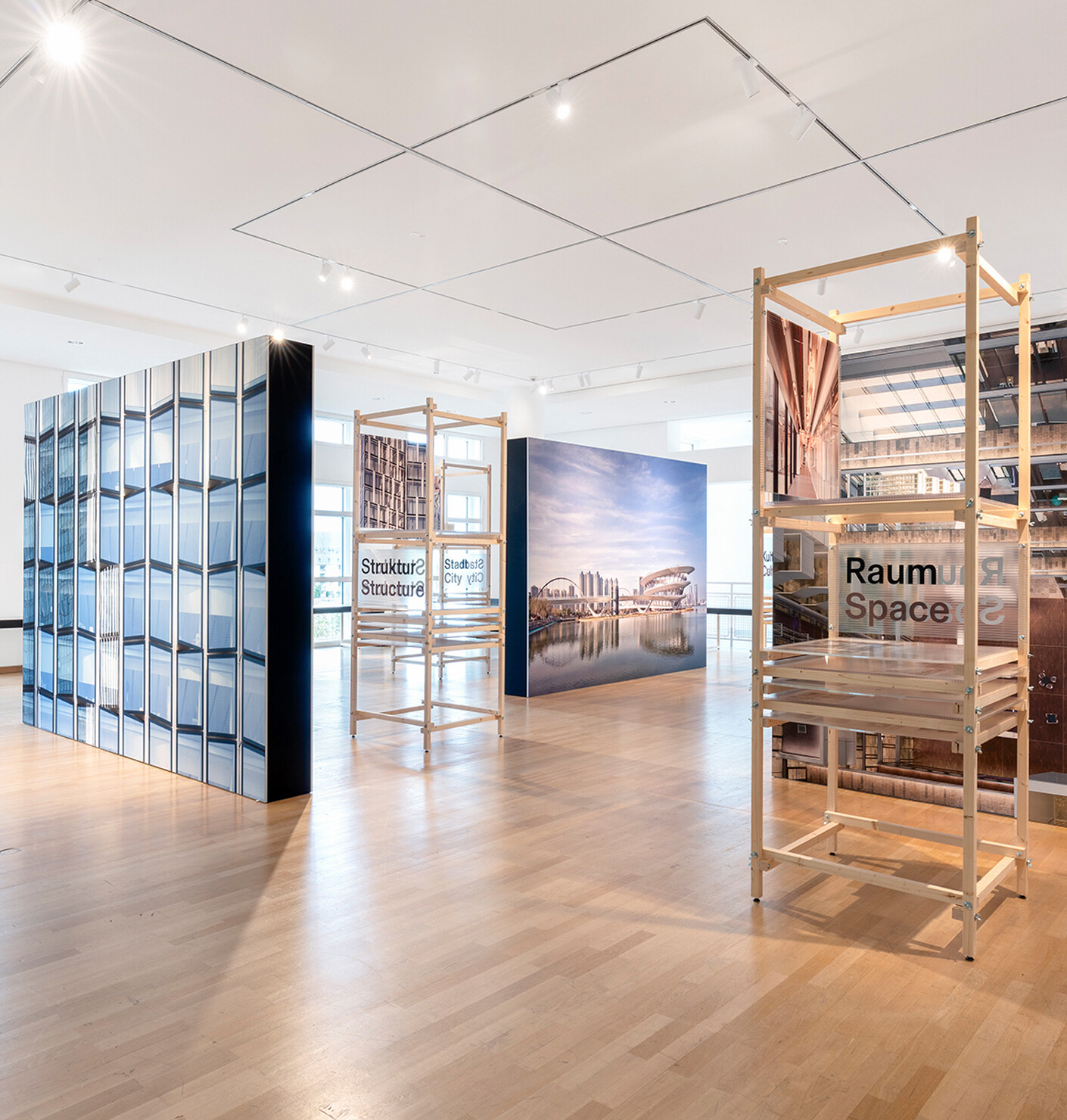SUSTAINABILITY
Routes out of the crisis
"Nature is the foundation of our existence, but it is under unprecedented pressure. For centuries, we have been shaping landscapes in our quest for security and prosperity, forgetting that we ourselves are part of nature. There are no quick fixes for the imbalance we have caused. With “Age of Nature”, we want to show how architecture can be part of the natural cycle and promote a new balance between humans and other species," says Kent Martinussen, architect and CEO of the Danish Architecture Centre. Architecture in dialogue with nature – the DAC is dedicating an extensive exhibition to this question, which will be on display in Copenhagen until 17 May 2026. On display are projects and utopias by international architects, scientists and artists that show how we can build with nature instead of against it.
The structure of the curation is based on questions such as: Can we build cities for greater biodiversity? Can we create space for more wilderness by radically rethinking our food production, for example? Can we move the city into the forest or the ocean? Among the exhibits are the floating islands of the Dutch studio Ossidiana, where humans, animals and plants coexist. With ‘Biogenic Building’, the research team at CITA (Centre for IT and Architecture) shows how seaweed and bark can be woven into structural components that are biodegradable as organic materials, demonstrating architecture that is designed for decay rather than permanence. This theme is also presented in a model of Bas Smets' project in Notre Dame, which uses natural processes to create a cool microclimate in the centre of Paris. The exhibition is complemented by short videos in which six experts present their views on the topics – from Carsten Rahbek, who deals with biodiversity, and Eline Lorenzen, who deals with evolution, to architect Flemming Rafn, artist Jonas Colling Larsen, theologian and bioethicist Mickey Gjerris, and biologist and biodiversity developer Kristine Kjørup Rasmussen.
‘Age of Nature’ begins in an AI-generated forest – an artificial natural landscape. From there, a timeline guides visitors through two centuries of development: the world population grows from one to eight billion, while wildlife populations halve and more than 70 per cent of biodiversity disappears. Scientists refer to this as the Holocene mass extinction. While asteroids and ice ages once influenced life on Earth, today's changes are caused by human lifestyles. The installation ‘Lung Trees’ illustrates the current threat to nature using living trees in plastic tents connected to oxygen equipment and artificial lighting. Five transparent cylinders also show the soil layers from urban areas, rural settlements, fields, forests and moors, providing insights into a diversity that often remains hidden from us. The exhibition also offers utopias, be it miniature ecosystems with habitats for birds and insects that have merged with architecture, or the work ‘The Great Endeavour’ by film producer Liam Young: one billion people are building their way out of the crisis by removing CO₂ from the Earth's atmosphere. In order to promote environmentally conscious behaviour among the next generation, an early learning area with interactive activities has also been created.
Age of Nature
Danish Architecture Centre (DAC)
Until 17 May 2026
Bryghuspladsen 10
1473 Copenhagen






